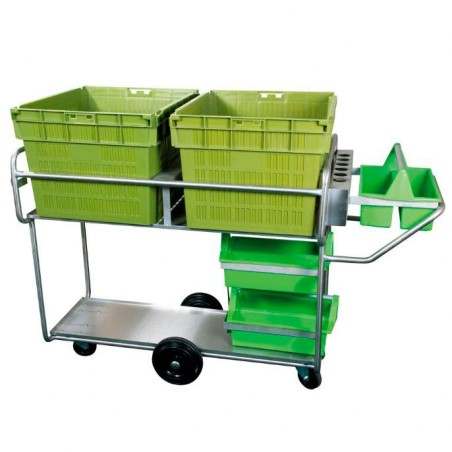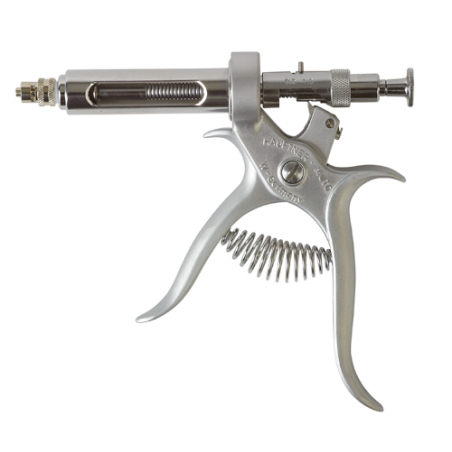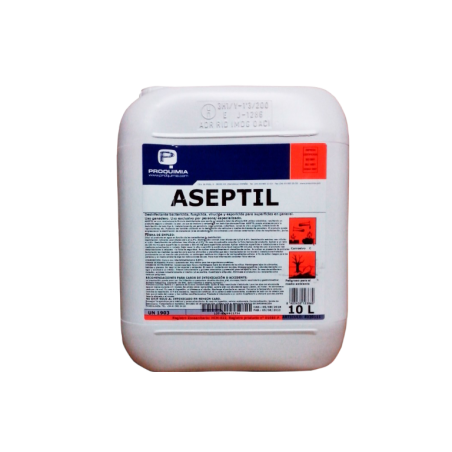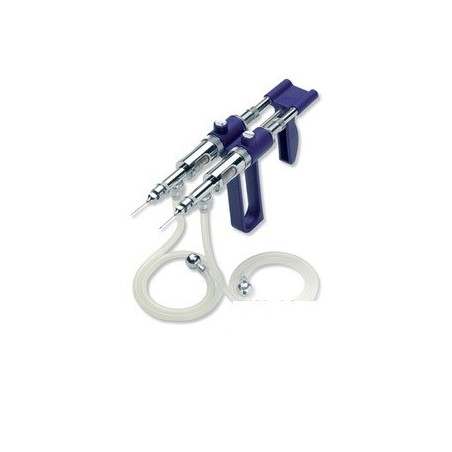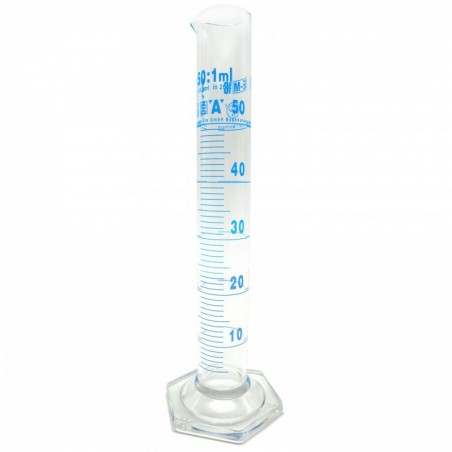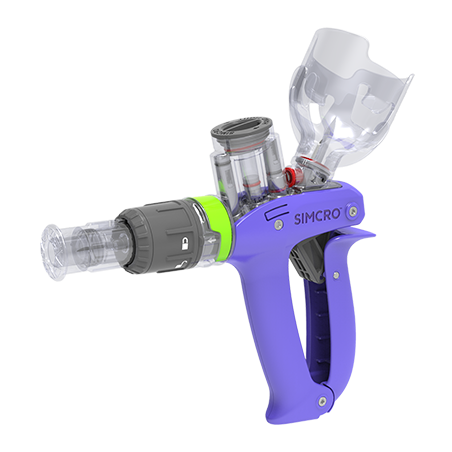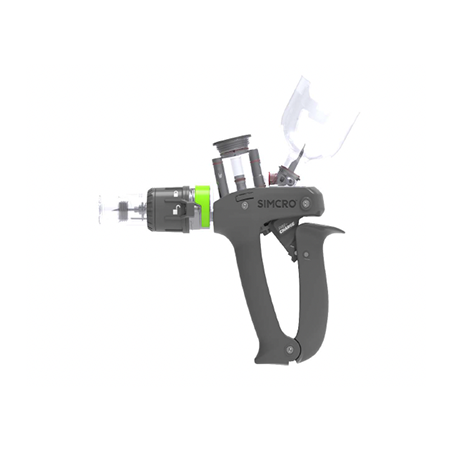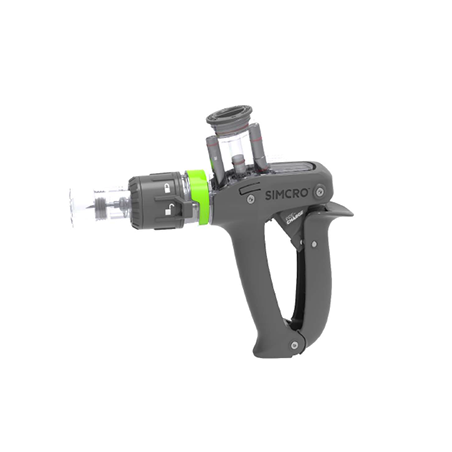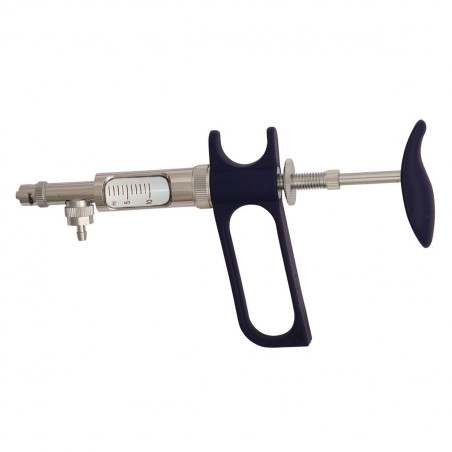One of the main objectives following a PRRS outbreak on a sow farm is to regain stability with the absence of detectable PRRS virus presence in every phase on the farm.
The first stage in achieving this objective is reaching stability at farrowing since if PRRSv is absent in newborn piglets we can assume that the virus is probably no longer circulating in gestating sows. Thus, the effectiveness of all the actions implemented during and after the PRRS outbreak to reduce transmission and viral excretion in gestating sows can be evaluated based on the evolution of virus detection in piglets at farrowing.

In recent years, new sampling has been developed based on the concept of aggregate samples, such as piglet processing fluids described by Vilalta et al. (2019) and Trevisan et al. (2019). Subsequently, the use of tongues from stillborn or dead pigs in other phases , has been established as a monitoring system with good results according to articles by Baliellas and Machado et al. (2022)
Monitoring at farrowing using tongues consists of collecting the tongues of stillborns as an aggregate sample for each farrowing batch or for a given period of time. We recommend a maximum of 50 tongues per aggregate sample and storing them frozen until they are sent to the laboratory, in order to obtain enough fluid at the bottom of the bag during the thawing process to perform the PCR technique, and therefore avoid the need to add a liquid medium to the sample that could alter the result due to a dilution effect of the original sample.
One of the advantages of collecting stillborn tongues as a monitoring system for stability at farrowing is that the viral loads of positive PCRs during the first weeks post-outbreak are much higher (most of the time Ct between 20-25) than processing fluids, for example. We can use the evolution of Ct values in the weeks following the outbreak to predict that we are approaching stability at farrowing when the Ct values tend to increase towards negativity (Ct=>40). Because this technique provides a wider range of Ct values than other samples, it improves our ability to assess the trend toward farm stability. In order to make efficient use of resources, the standard recommendation is not to sample tongues in the first 10 weeks after the outbreak as they will most likely still be highly positive with very low Ct values.
For example, in this first graph we can see that starting at week 20 after the outbreak, the viral load of each bag of stillborn tongues decreases because the Ct value of positive PCR results increases as does the frequency of negative PCR results until consecutive negative PCR results are reached (Ct values=>40) (Figure 1).

Figure 1. Evolution of PCR Ct values in the weeks following a PRRS outbreak.
In this second example (Figure 2), 30 weeks after the outbreak, there are still no weeks showing negative PCR results (Ct values=>40) and the Ct value remains low and constant indicating a possible continuous recirculation in the gestation phase. We can conclude that control measures have not been sufficient and additional measures should be taken.

Figure 2. Evolution of PCR Ct values in the weeks following a PRRS outbreak.
In this situation, we recommend collecting the tongues from stillborns from first parity sows separately from the rest to assess whether the cause of the ongoing instability is the infection of gestating first parity sows, in which case we would detect more positive samples and higher viral load in the tongues from piglets from first parity sows.

Finally, on the third farm (Figure 4), the evolution is divided into two stages. Between weeks 26 and 38, it appeared that the farm was approaching stability because of the increased frequency of negative PCR results and low viral loads in the positive results. Around week 40 there is a sharp increase in viral load in all subsequent samples. Sequencing of these positive samples revealed a new strain had been introduced to the farm which was the likely cause of the increase in viral load in the subsequent weekly sample results.

Figure 4. Evolution of PCR Ct values in the weeks following the PRRS outbreak.
We can conclude that monitoring with tongues from stillborns is a non-invasive, easy, inexpensive technique that, when performed routinely, allows us to predict whether, after several weeks of sampling, we are approaching stability at farrowing.




